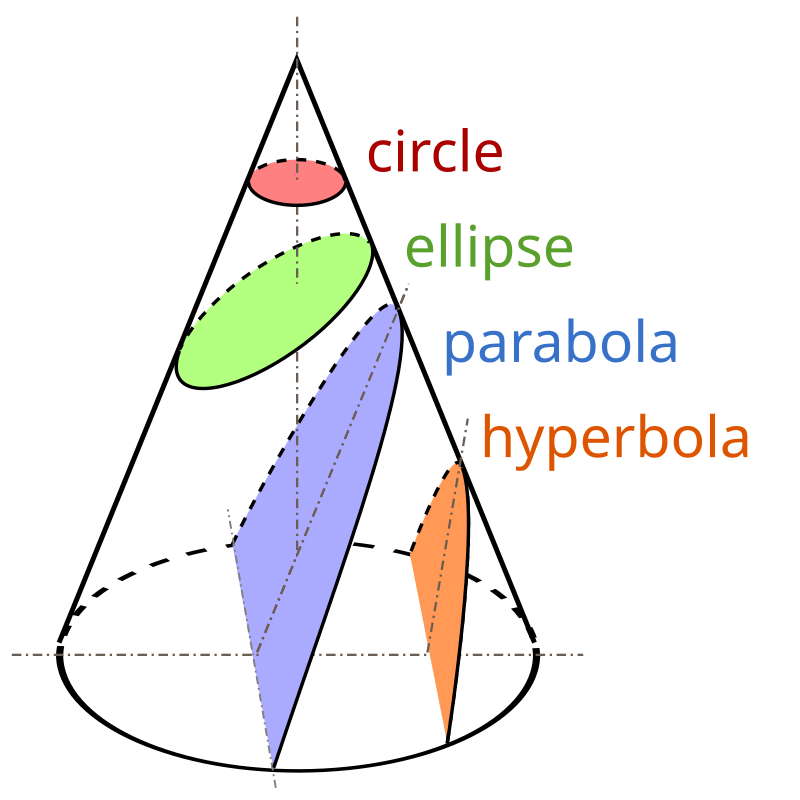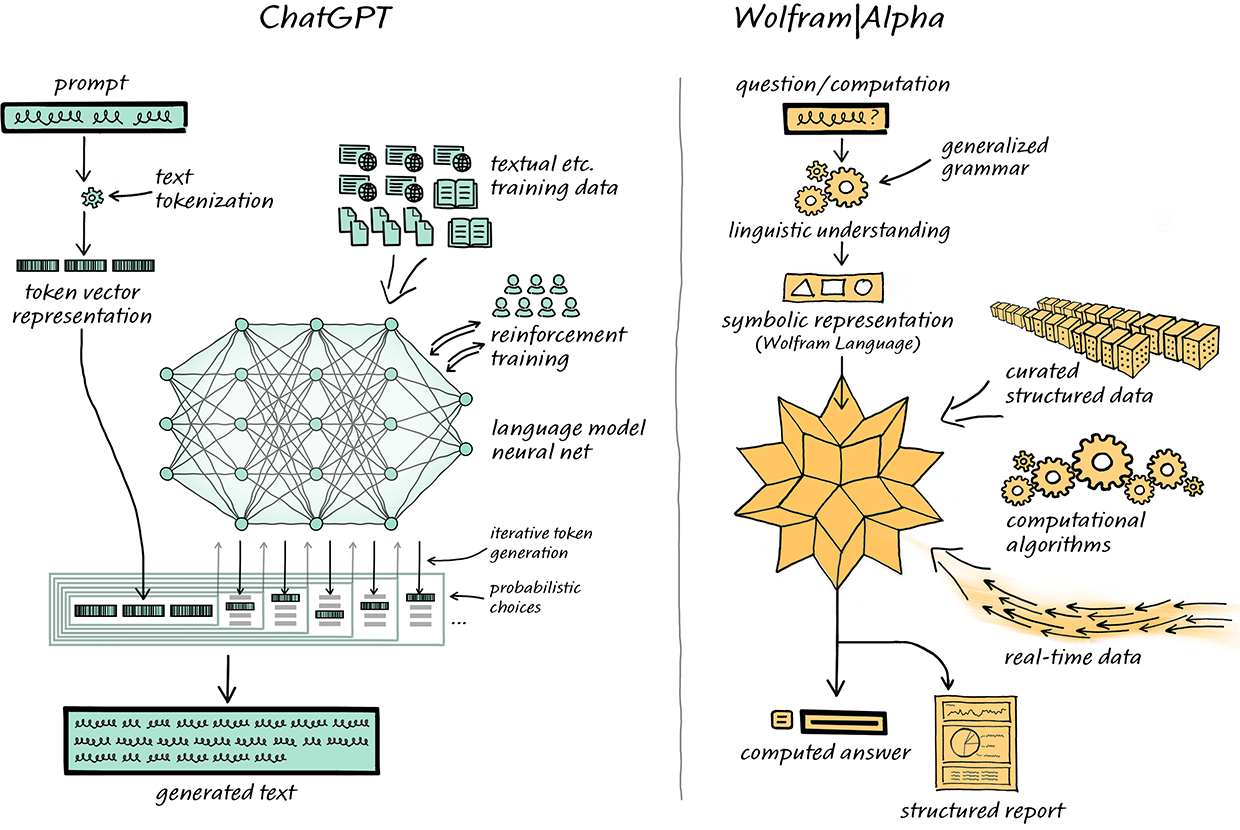TL;DR -- Hubbard was there. Talked to people. We need to research him. He mentioned that Thomas Gardner might have been there only one year. His tone seemed to indicate that he had talked to extant persons from what I have read. We can go back through the church records. Recheck. There were other earlier books, some of which have been digitized. We'll look at those. In the meantime, we can sketch out what is known and not. Anything not known, yet, can be considered (as long as it's noted to be conjectural). Even fiction will be welcomed. Square one? Not quite. What did we know of origins before?
---
A week ago, we were considering how Margaret and the other ladies of Cape Ann could be featured in the 400th pages where they were asking for stories. There was a deadline with regard to getting into their book. Well, a day later, we saw the work at WikiTree where Bob Dunlap reported the results of his diving into the images of the early records of the Sherborne parish that were available on ancestry (we haven't seen these, yet). So, we will relook and extend the view to the region.
Here are two links from the past week: Margaret (Fryer) Gardner; New not old planter. Bob's work changes the scope but in ways that are not the knee-jerk type. After some review of where we have been the last decade plus reflecting on the new information, we put this post: Old, and new, planter. We have barely started our reviews so patience is the virtue required.
Too, we have researched all of our working lives in different contexts. We'll do this right with the help of those who would like to see some resolution. How long will this take? Who cares? That notion of schedule goes along with the ca-pital-sino's false predictions (show John that he is wrong) which have caused havoc on the economy's need for sustainability.
So, we are almost (might appear to be) back to "square one," but not. Or, as the saying goes, back to the drawing board. But, before we relook at what we know and what we need to find out, we need to recognize some existing work that seemed to offer hints.
And, our promise? We'll cover all of the bases. Our request? No leaping to decisions. Conjecturing, as long as it's noted as such? Bring it on (our take: paleoichnology - see discussion about 2/3 way down the page).
This post looks at a few of those and discusses their importance.
Sarah Cushing Paine, Charles Henry Pope - in a blog post (Where was Thomas? - 27 Jan 2012), we noted that these ladies had been quoted in the Paine Ancestry book (from 1912) with respect to their Gardner Ancestry (see graphic). The book was on the family of Robert Treat Paine (WikiTree: Paine-195), Signer of the Declaration of Independence.
In this book, there is mention that Thomas may have gone back in 1626. Of course, when it was written 300 years later, and in the midst of celebrating Roger Conant, who would have been vocal about that.
On WikiTree, there is some editorializing which ought not be. People, let's report what is known. Then, anything else is conjecture. Which we ought to love. Cannot live without them.
 |
| Hubbard on Gardner |
Rev. Hubbard (from 2015) -- This post has a link to the Rev's manuscript as published 200 years later in the mid-1800s where he mentioned Tylly and Gardner. The latter? Hubbard noted that Gardner was here for "at least for one year's time" which comment needs to be put on the decision enabling list. Also, there are images from NEHGS' publication and from the Rev.'s manuscript with regard to who's first in New Hampshire.
The Rev. (we read somewhere) had talked to the principles. So, he would have talked to the Gardner extant during his research. That seems significant.
Let's do one more as he is mentioned by Rev. Hubbard, too.
Last year, John Tylly was featured in the NEHGR, finally. We had an earlier post on him in 2011 and noted that one of our interests is all of the families at Cape Ann.
So, time can be a healer, so to speak. But, not necessarily. Having spent about three years now looking at the wide interior of the U.S. and considering the people who moved into the area, or through it, or who came back and forth, our thought goes toward a lost generation or two. We took two years to prove one person's heritage from the east coast (several place) to the Mississippi regions and then further west. Plenty remain open. The mother of one guy (who is gone now) was dropped off at a home in the mid-lands by her father who said that his wife had died and he would be back for her. Well, he never returned. The man searched all over. Prior to the modern mischief maker (the computer), he wandered and looked. DNA finally provided some possible hits. We have to check upon how that has gone with the family.
But, like Thomas was unkown for along while, so are many more of that era and after. And, that still happens. Oh yes, cabbage patch comes up. Kid dropped in the middle of nowhere by magic.
Our put is that technology might be great. But, it is not due to being a human affair. Doubt this with regard to computing? The reason that we picked technology as a focus is due to the problems that get over looked for cultural/social reasons. We can't trust. Verify? Not always possible without having a hand in all of the levels that pertain to some computational state.
Doesn't matter? Well, from time to time, we get reminders that things are not copacetic. Do we pause and look? Not really. A decade later, lessons get unlearnt; things not supposed to happen again do. Won't mention the recent case as it's too new to really know.
Which gets us back to the theme at hand. We're starting our relook. Want to help? Great. We'll begin by looking at what we know now and why. Then, anything thought known that isn't will be reviewed. Some of these have substance behind them which might give hints about an approach. But, some will remain unknown.
And, the stories? Some of these may go way back. Blaming intermediate authors is not what to do. Can we approach this is a mature, research-oriented manner? There is no competition except, perhaps, against truth if we can pull it out of the hat.
This site will be reorganized so as to emphasize research and progress (or not). Now, we have a focus with some support behind it. The stories over the years. Still of interest. Why? Humans and science.
Remarks: Modified: 03/21/2023








